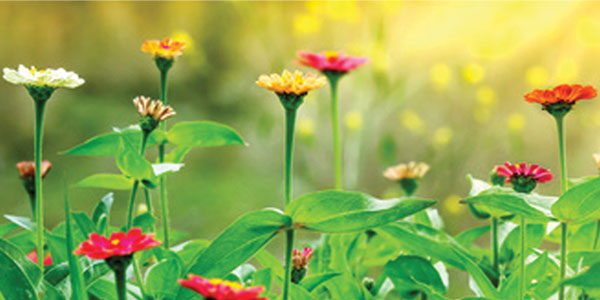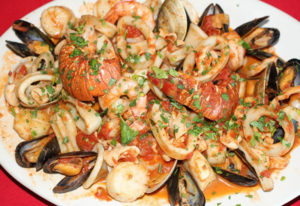|
Annuals, Biennials, Perennials, Trees & Shrubs
For those of you who appreciate and admire the beauty of a well-planned and cared for garden, but have never been confident enough to create a garden of your own. There are a few basic things to know before you start this fun and rewarding adventure into gardening. Let’s start with the main categories of plants and flowers.
Annuals
Annuals live only one year. The term “annuals” can be confusing because you would think of “years,” something that should come back annually. Think of it as living for a single year. Just remember how often do I have to plant these flowers? Annually. Depending on where you live, you can purchase flowering annuals as early as March/April (with flowers already on the plant), and still have flowers clear into the middle of fall. So, you could have months of flowers. A plant being considered an annual or perennial can also depend on what part of the world you live in (zone).
Biennials
Biennials generally live two years. “Bi” means two, such as bi-lingual (speaking two languages)
Perennials
Perennials live for more than two years. Most perennials live many years. Some Perennials “multiply” by either new plants emerging from the roots, or by the same plant getting larger sometimes to the point that you may need to divide the perennial into two or three plants. The actual flowers on perennials are usually short-lived, when you compare them to annuals. Expect perennial flower-bearing plants (not all have flowers) to be in bloom for a matter of weeks as opposed to numerous months for annuals. The exact length of bloom time for perennials varies depending on the plant. (The leaves usually live numerous months though and provide interesting texture to a garden.) You can plant a variety of perennials together that have staggered bloom times so that there’s almost always something in bloom. Sometimes when pruned back and well fed Perennials may have second or even third bloom times.
Trees/Shrubs
As you look at the trees and shrubs around you, you may begin to wonder about the differences between the two. When is a plant a tree or shrub? At what size is it a shrub? A tree? First, trees and shrubs are plants that have woody growth. Many people, for example, think that banana trees are trees, but in fact they are not; they are considered to be the world's largest herb. Only plants with woody parts are trees and shrubs. Once you know that it has woody growth, you can determine whether it is a tree or a shrub. The general definition of a tree, according to USU, is a "woody plant usually having one perennial stem (trunk) at least three inches in diameter at a point 4-1/2 feet above the ground, a definitely formed crown of foliage, and a mature height of at least 13 feet."
Shrubs are usually the opposite: a "woody plant with several perennial stems that may be erect or may lay close to the ground. It will usually have a height less than 13 feet and stems no more than about three inches in diameter."
These basic definitions serve as good starting points to distinguish between annuals, biennials, perennials, trees and shrubs. As with everything in life, there are exceptions to the rules.
Happy Gardening.
|














 20 lucky winners will win $500 each in prizes totaling $10,000.
20 lucky winners will win $500 each in prizes totaling $10,000. 